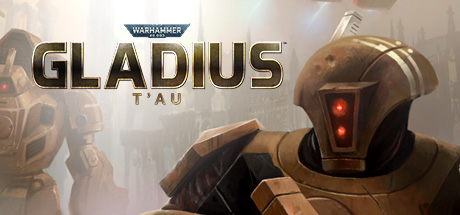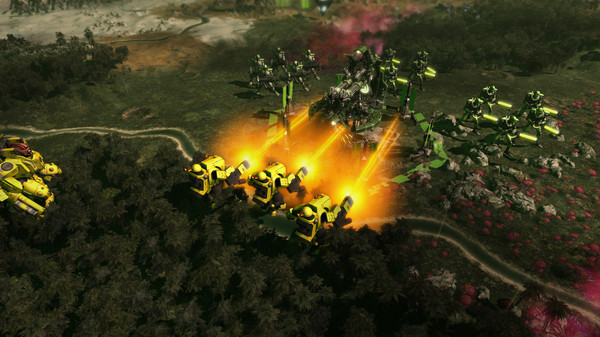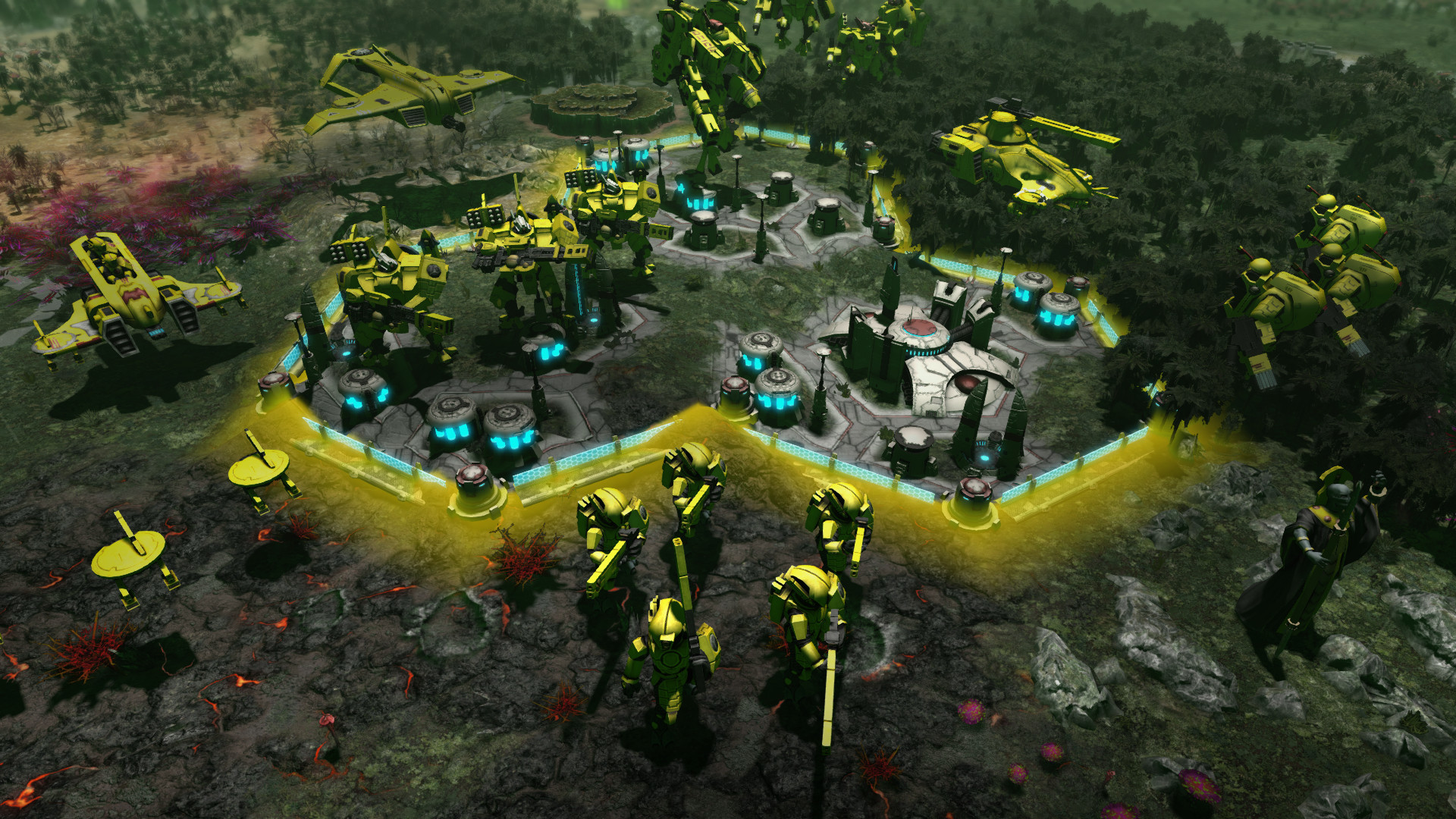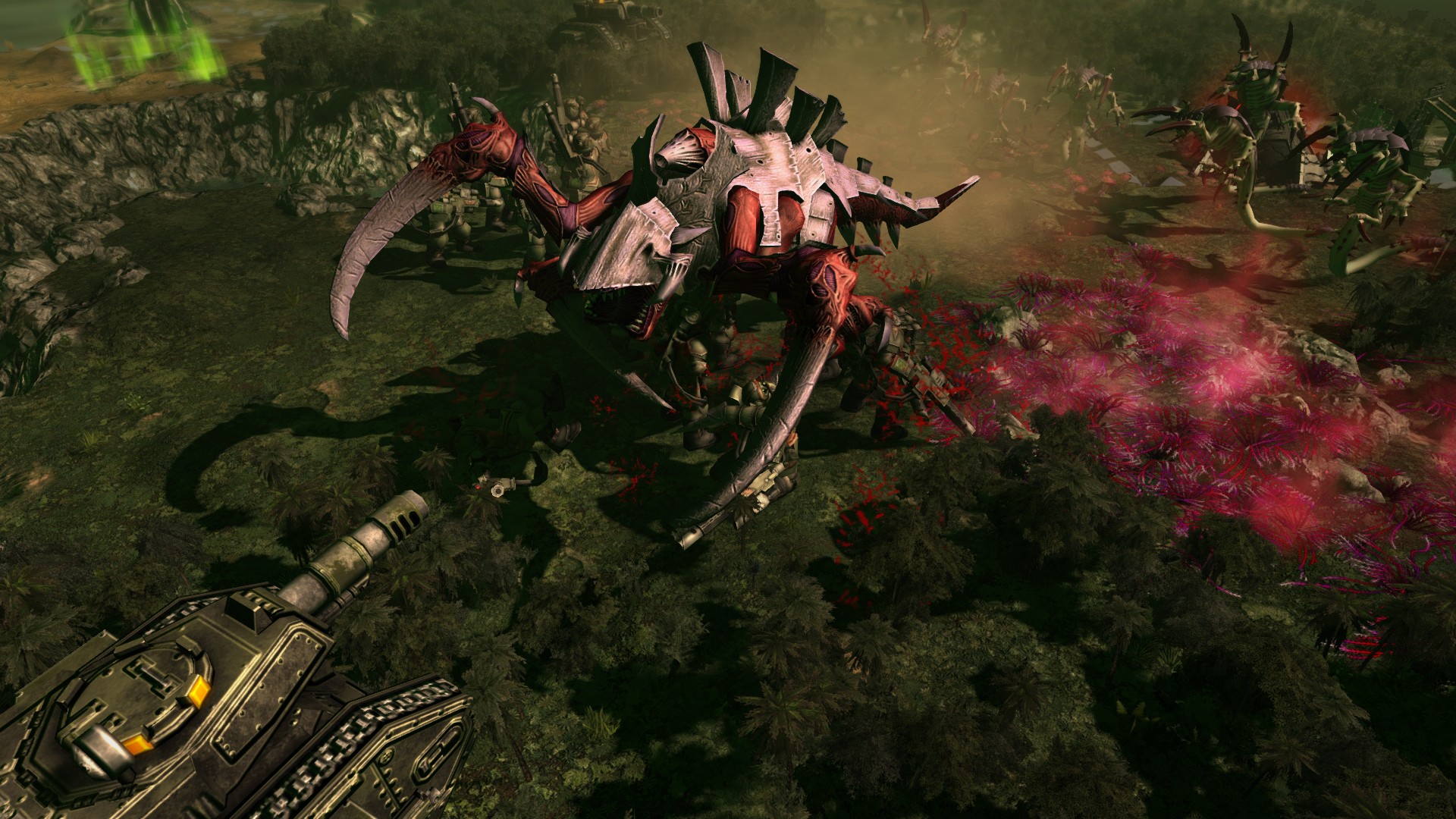This is some of the information about the game from Compass games:
"Stellar Horizons is a "build your own space program" game where you will lead one of seven Earth Factions to explore and develop our solar system. Designed by a real-life space engineer with a PhD in long-duration spaceflight from MIT, Stellar Horizons is intended to be a plausible representation of the first steps of humanity towards the stars between 2030 and 2169, with each turn representing a year of time. You control your Faction’s space program, outposts, and fleets spanning across the solar system, although you will also have some influence over your Faction’s politics back home on Earth as space development becomes more important.
Movement is based on real physics. You move from orbit to orbit, or conduct long range transfers to move between planetary systems like Earth, Mars, or Jupiter. As you send out robotic explorers and crewed vehicles to explore the solar system, they bring back valuable data to further your scientific research. Technologies are intended to represent plausible extrapolations of existing development during the next 150 years: there are no transporters or warp drive, but you will be able to develop rockets powered by fusion and even anti-matter. In the engineering and biology domains, you'll eventually be able to construct space elevators and put your crews into safe hibernation for long journeys.
You'll have access to a wide variety of robot explorers and crewed ships. These range from tiny probes intended to merely take photographs as you fly past Jupiter, to giant destroyers, cruisers, and battleships which ply the space lanes with peaceful or hostile intentions. New ship types become available as you gain access to better technology over the course of the game."
This is what comes in the big hefty box:
• 231 Units – 33 for each faction
• 1 Invader
• 30 Mission markers
• 2 Turn markers – 1 Year and 1 Decade
• 8 Asteroid markers
• 12 Signs of Life/Life markers
• 12 Pirate markers
• 15 Helio Transfer markers
• 27 Trade markers
• 90 Numbers – numbered 1 through 9
• 182 Faction markers
• 30 Damage markers
• 100 Settlement markers
• 130 Installation markers – 21 each of Supply Stations, Spaceports, Mining Stations, Refineries, and Research Stations, and 25 Defense Works
• 40 Politics markers
• 40 Victory point markers
• 108 Technology number markers for Engineering, Physics, and Biology – in denominations of 1,2,3, and 5
• 21 Technology bank markers – 3 for each faction
• 2 Large Planet tiles – e.g. Jupiter
• 2 Medium Planet tiles – e.g. Neptune
• 8 Small Planet tiles – e.g. Earth and Alpha Centauri
• 24 Satellite/Moon tiles – e.g. Hygeia-Palas and Triton
• 1 Deep Space Astronomy tile
• 54 World Cards
• 29 Currency Coins in denominations of 1,2,5,10, and 25 Billion
• 393 Resource markers – 131 each of Ore, Fuel, and Supplies in denominations of 1,2,5,10, and 25
4 Punchboards containing the 7 Player Faction boards and the Policy Tree
1 Punchboard containing the Tracks board
1 Technology Tree on a mounted board
7 Player Aids containing the various charts and tables needed to play and the Solar System and Space diagram
7 Rule summary booklets
1 Percentile die and 3 ten-sided dice
1 Box and lid set
"and a partridge in a pear tree"
Stellar Horizons is a game of space exploration and colonization for two to seven players. You will be in charge of the space program for one of seven Earth factions. These are:
Asia
China
Europe
Japan
North America
Russia
South America-Africa
Each faction has its strengths and weaknesses. There is a short, but good breakdown of them on page twenty-nine of the rulebook.
The game plays out the years 2030-2169, in one year game turns. The game begins with the current level of technology, and then builds to an advanced Star Trek future. This means that the game play relies on the technologies that are based on our current knowledge of physics. You will play on tiles that represent planets, asteroids, moons etc. Exploration will kick start your further endeavors to the stars. The game comes with both co-operative and competitive scenarios that last around one hour. Stellar Horizons also comes with a grand campaign that can be played in a day or longer. The campaign can be played solo as well. This is always a great addition to games, especially now. During your exploration you will deal with all sorts of problems, among them: severe radiation, severe atmospheres, and any other problems you can think of when exploring space. The game is not just one of science and exploration. In a twist that I have not seen in a boardgame like this, it also includes combat between fleets of the different factions. In one more twist, it also adds SPACE PIRATES! to your list of problems. The warfare part of the game reminds me of carrier battles in the Pacific. The main part of the build up to combat is searching out your enemy.
The components are really a sight to behold. They are also of thick cardboard, like a mounted map. The pictures of the components do not do them justice. Holding and looking at the ones in this game is like the difference between a paperback and a limited edition leather bound book. I must caution you to be careful about handling the pieces of the game. They want to jump right out of their places on the sheets. You do not have to fight or worry about needing a pair of scissors or an exacto knife with these. They are like the proverbial lemmings near a cliff (yes, I know it is a wive's tale). The planet pieces are beautiful to look at. In fact, for someone who is very into our nearby space, it is worthwhile to buy the game for the visuals and the information with it, and forget about the game. Opening up the box reminds me of opening up my first monster boardgame so many years ago. The sheer amount of components might put you on your guard. However, I can assure you that even though your house will be overrun with pieces from Stellar horizons, the rules are not really that difficult to follow.
The rules in the rulebook itself are twenty-one pages long. The next page is a listing of the events that can happen. Then there are two pages of scenarios, seven in all. There is a half-page of optional rules. Three and a half pages of play examples come after that. The last two pages are a picture of the Technology Tree, Policy Tree, and then the Combat Table is on the back page.
The proverbial tech tree that is present in every space exploration game:
This is a simplified Sequence of Play:
Each yearly game turn is divided into phases, which are subdivided into steps. Each phase/step is completed in initiative order.
1. Economic Phase (only every decade starting in 2040)
• Collect politics markers & roll for events
• Roll for initiative (simultaneous)
• Diplomacy (in reverse initiative order)
• Earth & base production
• Resource transportation
• Assign bases, pirates, asteroids, & trade markers
• Develop technologies in reverse initiative order)
• Settlement growth
• Policy step in reverse initiative order)
2. Build & Service Phase
• Build and service ships (in reverse initiative order)
3. Movement Phase
• Drop all ships in transfer boxes (simultaneous)
• Movement (order by initiative choice)
4. Combat Phase
• Space combat
5. Exploration Phase
• Explore (with depletion: mission, world card, search for life, politics marker); check for malfunction/recall
• Produce with Crew Vehicles
6. Trade & Base Construction
• Trade with bases
• Build & expand bases
• End of game check
• Advance turn marker
While every single step is quite simple, there is a lot to consider in a game turn of Stellar Horizons!
So, now we come to the the big question. Sure the game is big, bad and beautiful, but can you actually play it, and is it enjoyable to do so? To sum it up in one word: YES! Like some other great games before it, this game has done something that I believe all great games have to be able to do. That is, the player has to become so immersed in the game, that he feels compelled to read about the actual events and or possibilities the game portrays. In this the game has taken me from absolute novice about space exploration to someone who can actually now have a semi-intelligent conversation about it. If a game is able to do that, it should always be listed as a great game. When a game is not only able to give the player information and make him thirsty for more, but also give you a truly excellent gaming experience, then you know that the game is firing on all cylinders.
Thank you Compass Games for allowing me to once again step out of my comfort zone, instead of commanding a Sherman or Tiger to blast off into space. Below will be links to not only the game, but also the rules. Wargamers, you owe it to yourself to widen your horizons and fill your heads with even more information, useful or otherwise.
Compass Games:
https://www.compassgames.com/
Stellar Horizons:
https://www.compassgames.com/general-games/stellar-
horizon.html
Stellar Horizons Rulebook:
https://issuu.com/consimworld/docs/sh_rules_0.1_100819?
fr=sMmQ1NzQwNTM5
Robert














































4 comments :